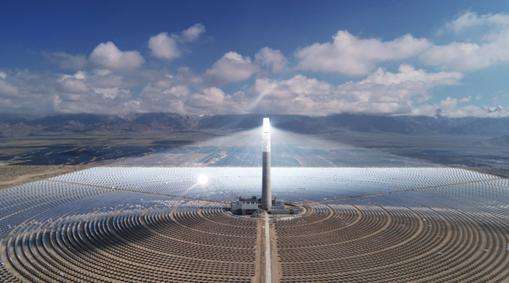1. First, the city's thermal power plant generates electricity and conducts heat, produces hot steam and sends it to the heat exchange station through the city's special transmission pipe.
2. It is then converted into hot water and then transported to our homes through pipes. Heat is slowly dissipated through the interior heating equipment.
3. Of course, some people use underfloor heating. There are two common types of underfloor heating water and electric. In the northern regions, hot water underfloor heating is often used. water below 60 degrees. Circulation heating is carried out in underground pipes and the heat is dissipated into the space through the ground. Its cost is relatively low.
The difference between thermal power plants and heating companies:
Thermal power plants are thermal power plantss and waste heat is generated during the electricity generation process. This waste heat is used for heating.
The heating company is a department specialized in heating residents.
The power plant not only produces electrical energy, but also uses the steam produced by the turbogenerator to provide heat to users. Compared to. the method of separate production of electricity and thermal energy, saves fuel.
Functional characteristics of thermal power plants:
Taking into account the effect of energy use, the divided production of heat and electricity is completely unreasonable for energy consumption: on the one hand, the process of thermal energy conversion (condensation) power generation by steam generator) will inevitably produce low-grade thermal energy loss ( the exhaust steamThe steam turbine releases heat into the cold source, on the other hand, high-quality thermal energy (steam). heat provided by the boiler) will be devalued and used for low quality heating. In combined heat and power, the chemical energy of the fuel is converted into high-quality thermal energy, which is first used to generate electricity (high-quality thermal energy), and then uses the low-quality thermal energy that has done work to provide heat to users. This is consistent with the principles of using energy based on quality and overall energy use.
So the characteristic of thermal power plants is that the primary energy is used relatively reasonably, the energy is supplied according to its quality, the energy is used in stages, and the energy is used to the best advantage, so that the wholee The region's energy supply system saves energy.
Thermal economic indicators:
The thermal economic indicators of thermal power plants are much more complex than those of condensing power plants and heating boiler houses. The first simultaneously produces two products of different shapes and qualities: thermal energy and electrical energy, while the second produces only one product each. Therefore, in addition to the overall thermal economic index, to reflect the thermal economy of a thermal power plant, there must also be sub-indexes for heat and electricity production.
①Total thermal efficiency: the ratio between the production and the energy input of the thermal plant. It reflects the quantitative relationship between the degree of efficient use of fuel in thermal power plants and therefore constitutes an iquantitative indicator.
②Thermal energy production rate: the ratio between the thermal energy production of the heating unit and the thermal heat input. It reflects the quality indicators of combined heat and electricity production.
③ Thermal economic indicators in electricity production: the ratio of electricity production of thermal power plants to the share of total heat consumption shared by electricity production, which can be expressed in thermal efficiency of electricity production, heat of electricity production. rate and rate of coal consumption for electricity production.
④ Thermal economic indicators in heating: the ratio of the heat supply of the thermal power plant to the total share of heat consumption of the heating supply. Expressed in thermal efficiency of heating and in consumption rate ofe heating coal.














